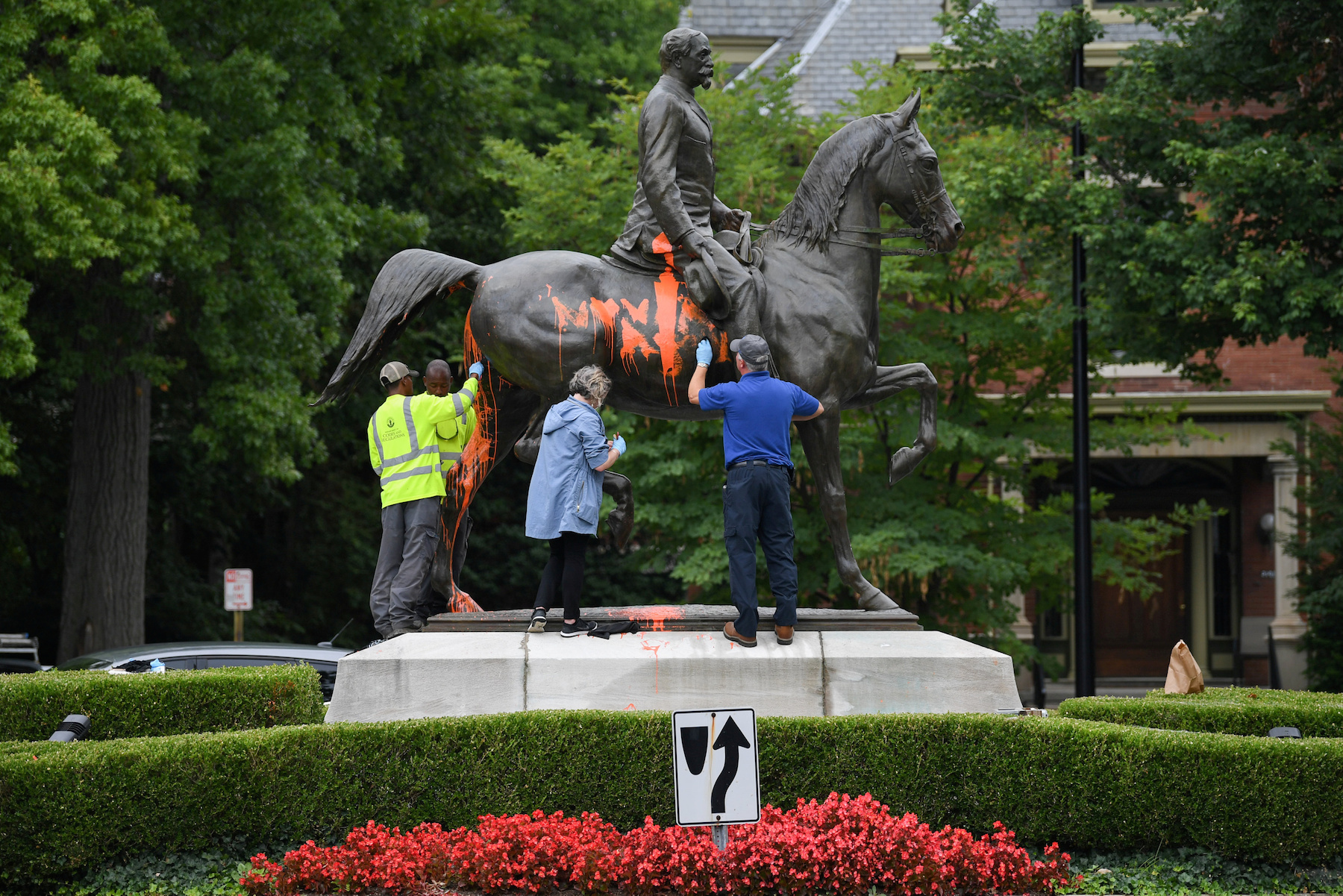After violence at a white supremacist rally led to the death of three people in Charlottesville, Virginia on August 12, a growing number of cities and civilians have started tearing down Confederate monuments across the United States.
Several government officials, including California Representative and House Democratic leader Nancy Pelosi, have called to remove markers that celebrate controversial Civil War era figures from public spaces.
The Confederate States of America, which formed in 1861, argued that states should have the right to maintain slavery, while the Union fought to eradicate it. Conflicts between the two groups led to the American Civil War, which lasted from 1861 to 1865.
In the 150 years following the war, hundreds of Confederate monuments were been built in almost every state, according to the Southern Poverty Law Center. The nonprofit legal advocacy organization published a 2016 report that details the timeline of when states installed Confederate iconography (which it defines as statues, monuments, schools, parks, streets, and highways named after Confederate generals); the districts that celebrate Confederate-related holidays; the public buildings that feature Confederate flags; and the cities that issue commemorative license plates.
As you can see in the timeline below, the number of Confederate memorial installations peaked around 1910 – 50 years after the end of the Civil War and at the height of Jim Crow, an era defined by segregation and disenfranchisement laws against black Americans. Confederate installations spiked again in the 1950s and 1960s, during the Civil Rights Movement.

